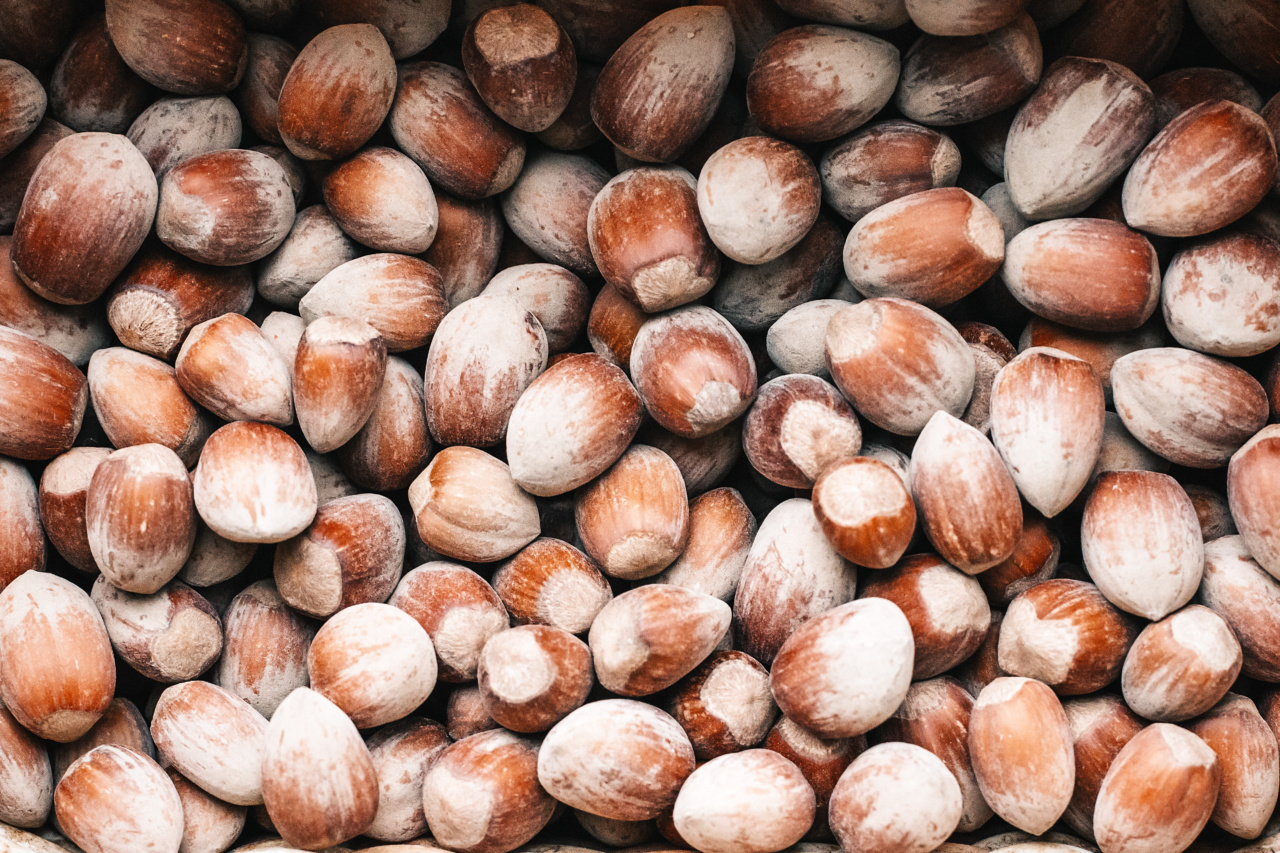In recent years, nuts have grown in popularity due to their numerous health benefits and versatile taste profiles. With an array of options available, one common question that arises is whether it is better to consume raw or roasted nuts.
While both types have their own unique characteristics, it ultimately boils down to personal preference and individual dietary needs. In this article, we will explore the differences between raw and roasted nuts, their true nature, and the impact they have on our overall health.
Roasted Nuts: A Flavorful Indulgence
Roasted nuts possess a distinct flavor profile that is often enjoyed by many. The roasting process involves exposing the nuts to high heat, causing the internal oils to be released, intensifying their taste and creating a delightful aroma.
These nuts typically have a crunchier texture, making them a perfect snack option for those who crave a satisfying mouthfeel. Roasted nuts are available in various flavors, such as salted, honey-glazed, or spiced, allowing individuals to find the perfect flavor combination that suits their palate.
While roasted nuts are undeniably delicious, it is important to note that they often undergo additional processing.
The high temperatures used during roasting can sometimes lead to nutrient loss, particularly in heat-sensitive vitamins like vitamin C and B vitamins. Additionally, some commercially roasted nuts may contain added oils, salts, or sugars to enhance their flavor, which can have implications for individuals with specific dietary restrictions or health concerns.
The Benefits of Raw Nuts: A Nutritional Powerhouse
Raw nuts, on the other hand, are prepared without any additional processing or exposure to high heat. This minimal processing helps to preserve the natural nutrients present in the nuts, making them a nutritional powerhouse.
Raw nuts are an excellent source of healthy fats, protein, fiber, vitamins, and minerals, making them a beneficial addition to a well-balanced diet. They provide an abundance of nutrients such as vitamin E, magnesium, and selenium, which are known for their antioxidant properties and their role in promoting heart health.
Raw nuts also have the advantage of being more versatile. They can be used in various culinary creations, from homemade nut milks and butters to sprinkling over salads or incorporating into baked goods.
The natural taste and texture of raw nuts allow them to complement a wide range of dishes.
The Downside of Raw Nuts: Digestive Considerations
While raw nuts offer exceptional nutritional benefits, it is worth mentioning that some individuals may experience difficulties digesting them.
Raw nuts naturally contain phytic acid, which acts as an enzyme inhibitor and can hinder the absorption of certain minerals like iron and zinc. Soaking raw nuts in water or opting for sprouted varieties can help to reduce the levels of phytic acid, enhancing their digestibility and maximizing nutrient absorption.
Additionally, some individuals may find the taste and texture of raw nuts less appealing compared to their roasted counterparts.
Raw nuts tend to have a softer texture and a milder flavor that may not satisfy those seeking a robust or savory snacking experience.
Health Considerations: Raw vs. Roasted Nuts
When it comes to overall health considerations, both raw and roasted nuts offer unique advantages and potential drawbacks. It is crucial to evaluate individual dietary needs, preferences, and health goals to determine the best option.
For those aiming to reduce sodium intake, raw nuts are an excellent choice. Roasted nuts are often salted to enhance their flavor, leading to higher sodium content.
Individuals with hypertension or those following a low-sodium diet may find raw nuts to be a preferable alternative.
On the other hand, roasted nuts can be a great option for individuals who struggle with portion control. The intensified flavors and satisfying crunch of roasted nuts can provide greater satiety, potentially reducing the risk of overconsumption.
Both raw and roasted nuts can play a beneficial role in managing weight. Nuts, in general, are high in healthy fats and protein, both of which contribute to feelings of fullness and can aid in weight management.
However, portion control is essential due to their calorie-dense nature. Opting for dry-roasted nuts without added oils or sugars can be a healthier choice for weight-conscious individuals.
Conclusion: A Matter of Preference and Nutrition
In the debate between raw and roasted nuts, neither option is definitively superior. Both raw and roasted nuts offer their own distinct flavor profiles, culinary versatility, and nutritional benefits.
The decision ultimately depends on personal preference and an individual’s dietary considerations.
Raw nuts are packed with essential nutrients, retain their natural flavors, and offer great versatility in the kitchen. On the other hand, roasted nuts provide a delightful crunch, intensified flavors, and can be a more satiating snack option.
Whatever your preference may be, incorporating a variety of nuts into your diet, whether raw or roasted, can contribute to overall health and well-being.
Remember to opt for unsalted or low-sodium options to avoid excessive sodium intake and practice portion control due to their high caloric content. Enjoy the deliciousness and nourishment that nuts bring to your table!.





























